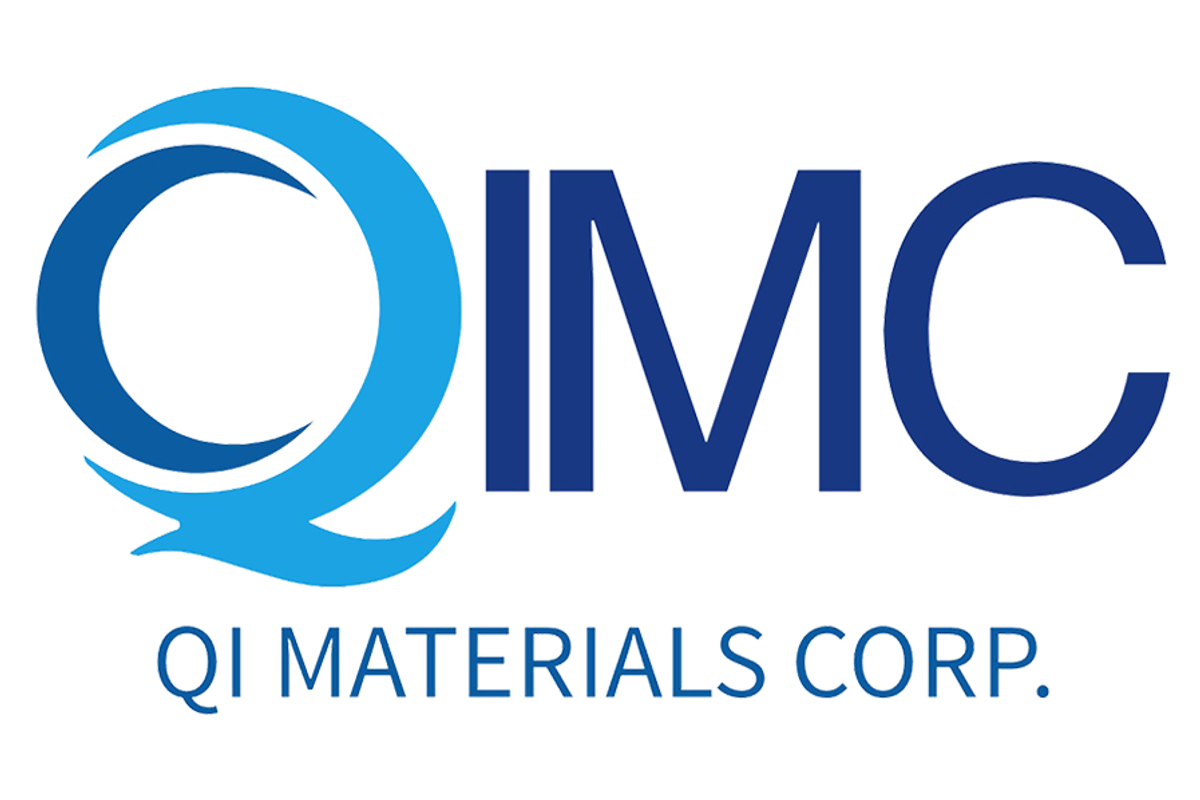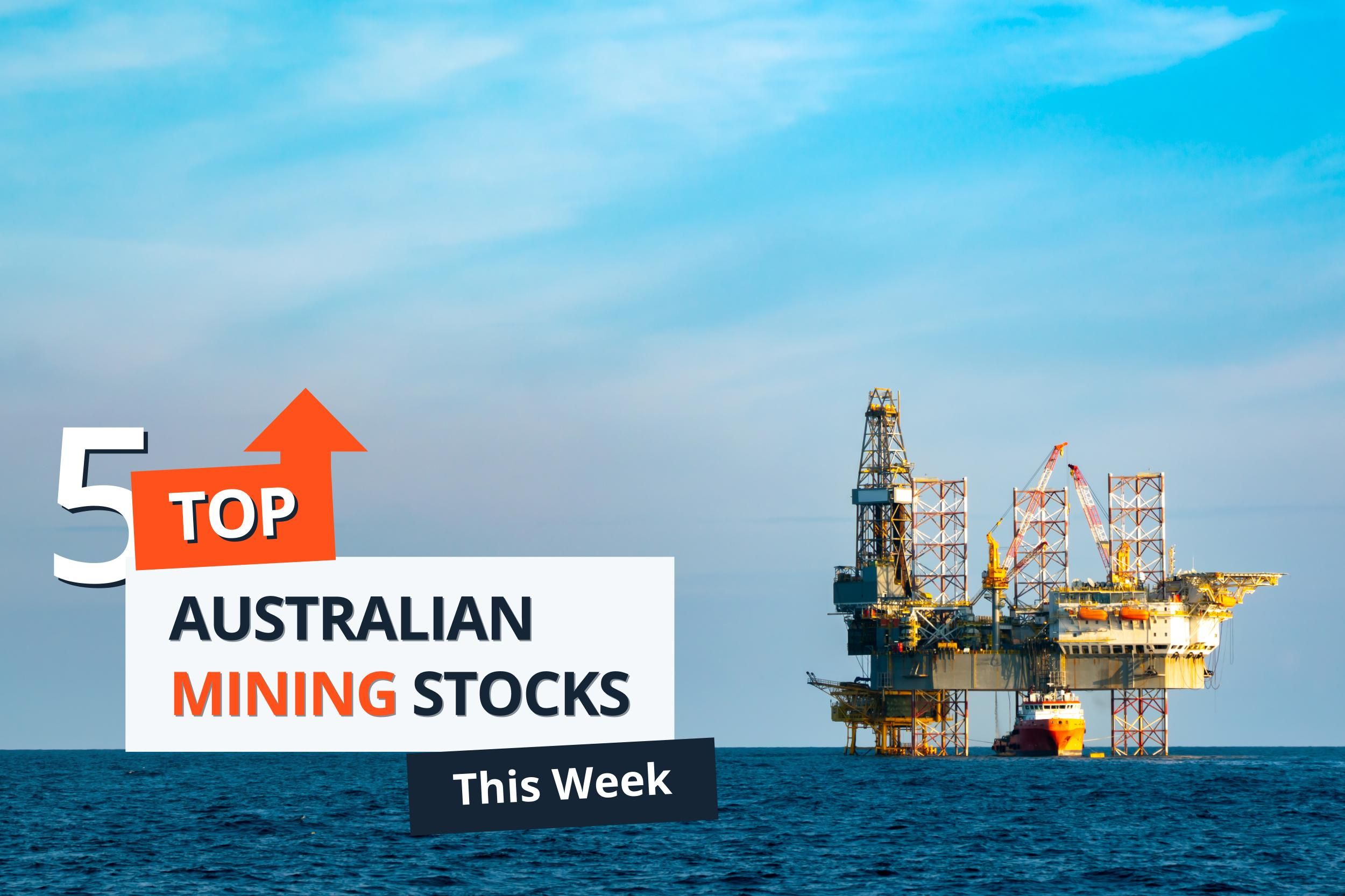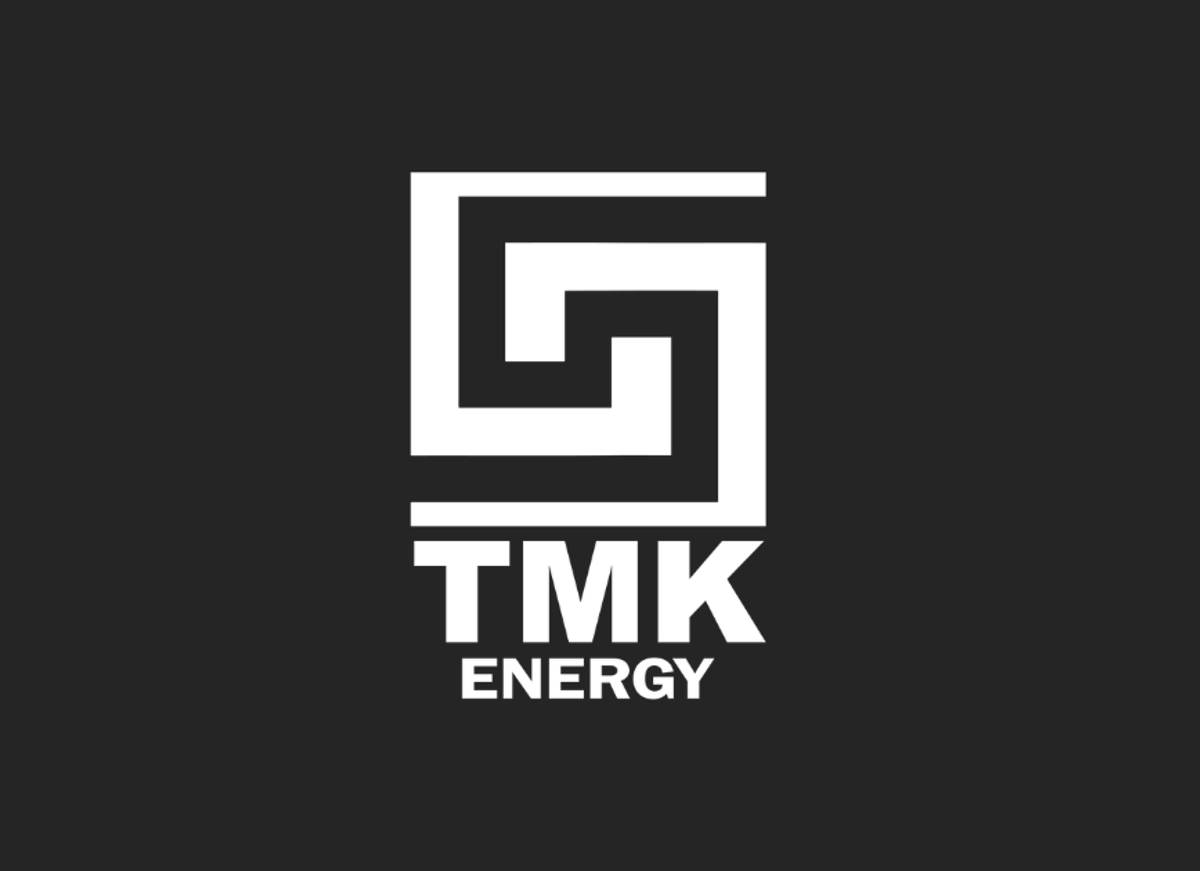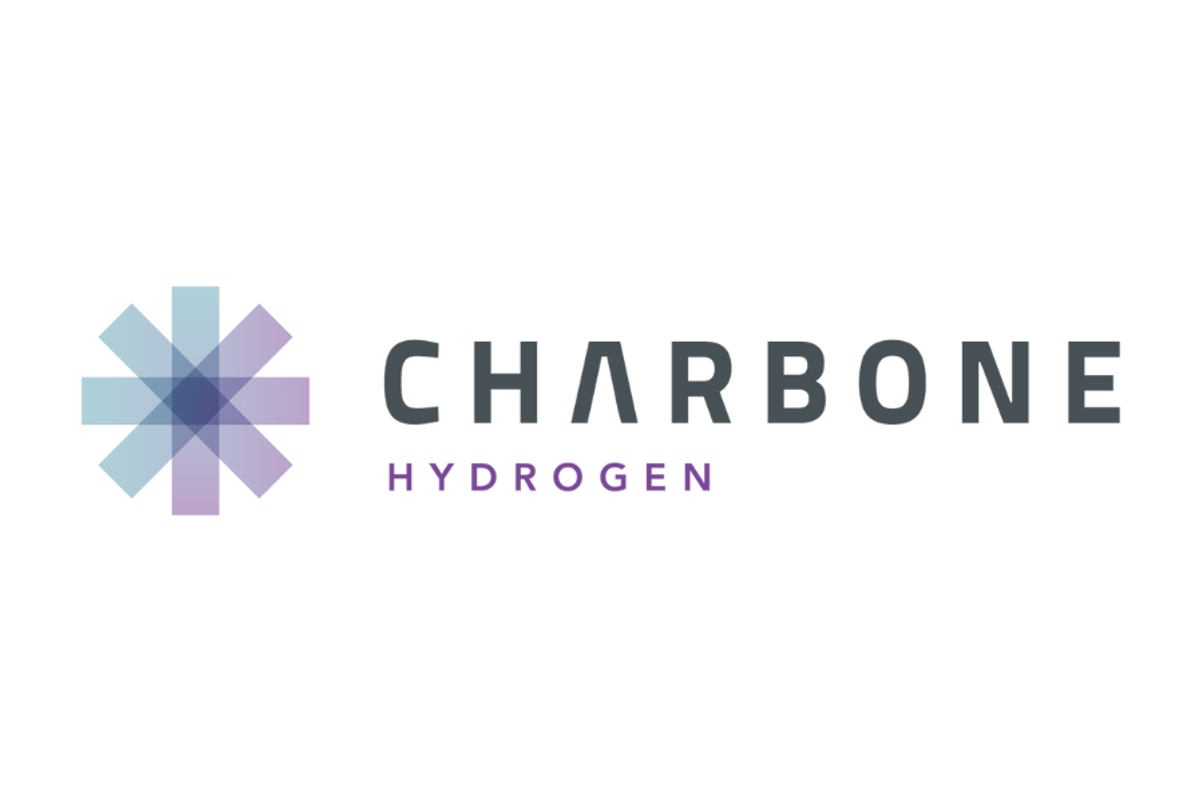
March 20, 2025
Quebec Innovative Materials Corp. (CSE: QIMC) (OTCQB: QIMCF) (FSE: 7FJ) ("QIMC") is pleased to announce a major expansion of its natural clean renewable hydrogen exploration activities with the establishment of a new exploration camp in the Cumberland Basin, Nova Scotia, QIMC has staked 2,645 exploration claims. This strategic initiative significantly expands QIMC's natural clean renewable hydrogen and helium exploration portfolio into Canada's Atlantic region, positioning the company to access international hydrogen export markets via existing Atlantic port infrastructure.
John Karagiannidis CEO of QIMC stated: "Our expansion into Nova Scotia marks a transformative step forward, building upon our unparalleled exploration success in Quebec. By harnessing the favorable geological features of the Cumberland Basin and utilizing our proven exploration methodologies, we are poised to unlock substantial new natural clean hydrogen and helium resources, fueling a cleaner energy future and creating significant value for shareholders."
Covering approximately 428.49 km² with 2,645 exploration claims, the Cumberland project strategically targets geological structures conducive for their natural hydrogen and helium potential. Characterized by a thick sedimentary sequence exceeding 7 kilometers, deep-seated faults, and prominent geothermal gradients, the Cumberland Basin offers optimal conditions for hydrogen generation, accumulation, and potential storage.
Leveraging the exceptional exploration model developed at QIMC's St-Bruno-de-Guigues property in Quebec, where groundbreaking exploration has yielded outstanding natural renewable hydrogen results, QIMC intends to replicate its proven approach in the geologically favorable Cumberland Basin area. Nova Scotia's geological environment, marked by significant structural similarities to renowned global hydrogen-rich regions such as the Lorraine Basin in France, offers an ideal opportunity for transformative discoveries.
Specifically, the Cobequid-Chedabucto fault system, an extensive and deep-reaching geological structure, provides pathways for natural hydrogen production through water-mineral interactions involving biotite-rich granitoids and olivine-bearing mafic rocks. Recent scientific modeling in analogous geological environments, such as France's Rhine graben, demonstrates substantial hydrogen generation from biotite-rich granites, confirming the significant hydrogen potential awaiting discovery in Nova Scotia.
In addition, Nova Scotia's geological setting provides robust potential for helium co-production and hydrogen storage, particularly due to abundant salt diapirs within the Windsor Formation. This integrated exploration strategy strengthens QIMC's leading role in natural hydrogen exploration and positions it prominently as the North American leader in natural renewable hydrogen.
Prof. Marc Richer-Laflèche explains: "Nova Scotia frequently hosts biotite-rich potassic granitoids, notably within Neoproterozoic geological complexes such as the Frog Lake pluton (Murphy et al., 2001), as well as within several significant Carboniferous plutons including the North River and Hanna Farm plutons in the Cobequid Highlands (Pe-Piper, 1991). Additionally, lamprophyric intrusions, which are notably abundant throughout the region, also exhibit high biotite concentrations. Within our exploration model for natural hydrogen in Nova Scotia, biotite plays a pivotal role. Analogous to the process involving olivine in mafic and ultramafic rocks, biotite in these granitoids is known to readily react with groundwater, facilitating substantial hydrogen generation under appropriate geothermal conditions. This reaction underscores the strategic geological significance of Nova Scotia's biotite-rich granitoids for natural hydrogen exploration and potential production. This process has been demonstrated and modelled in the Rhine graben (Alsace, France) where, for moderate temperatures of around 130-200oC, biotite produces good quantities of hydrogen (e.g. 102 KT of H2 per km3 of granite: Murray et al., 2020). Given the favorable geothermal gradient in Cumberland, these temperatures could easily be reached, enabling hydrogen production by oxidation of the Fe2+ contained in biotite."
Cumberland sector:
The geological context of Nova Scotia includes lithological, structural and geophysical features conducive to the formation of hydrogen or helium. The Cumberland Basin area (Fig. 1), in particular, is a convergence zone bringing together several critical elements conducive to the formation and accumulation of natural hydrogen in a context showing certain similarities with the geological context of the hydrogen discovery in the Lorraine region of France. This area is characterized by the presence of the Cobequid Highlands.
Figure 1: Location map of the Cumberland project in Nova Scotia and other hydrogen exploration properties of QIMC and its partners. Figure modified from Google Map.
To view an enhanced version of this graphic, please visit:
https://images.newsfilecorp.com/files/7968/245342_35ce51fa04ebf928_001full.jpg
The sedimentary geology of the Cumberland area, adjacent to the Cobequid Highlands, is characterized at surface by the presence of Late Carboniferous geological units of the Cumberland Group (Ragged Reef Fm, Polly Brook Fm) and stratigraphically underlying rocks of the Windsor and Mabou Groups. Rock units in the basin include continental detrital sedimentary rocks, coal formations (e.g. Springhill) and evaporites (Windsor Group). These rocks are underlain by older bedrock rich in Neoproterozoic potassic granitoids, mafic volcanics and intrusives, diorites and Carboniferous potassic granites (Pe-Piper et al., 1989; Pe-Piper and Piper, 2002). These rocks are cut by local or regional faults. The Cobequid-Chedaducto fault zone, south of the Cobequid Highlands, cuts across much of Nova Scotia and separates the Avalon terrain to the north and the Meguma terrain to the south (Fig. 2). The latter are components of the Northern Appalachians. This structural zone is thought to be the upper part of a larger structure known as the Minas Geofracture. This geological structure, reactivated several times in the Paleozoic, is thought to have been involved, among other things, in the emplacement of basaltic magmas that support the hypothesis of the presence of a transcrustal fault that could reach the peridotitic lithospheric mantle. This mafic magmatism, associated with the effusion of 1,500 m of volcanic rocks (continental tholeiites) (Dessureau et al., 2000), is of great importance for the production of natural renewable hydrogen through the interaction of groundwater and minerals such as olivine, pyroxenes and magnetite.
Figure 2: Simplified geological map of Nova Scotia's Carboniferous and Triassic sedimentary basins. Source: NSDNR, 2006.
To view an enhanced version of this graphic, please visit:
https://images.newsfilecorp.com/files/7968/245342_35ce51fa04ebf928_002full.jpg
The presence of an imposing succession of sedimentary rocks (over 7 km) in the Cumberland Basin is a favorable feature for natural hydrogen exploration, given the presence of porous, permeable rocks interbedded with impermeable rocks such as shales and evaporites (salt formations of the Windsor Fm). The formation of anticlinal structures by the rise of salt diapirs is, among other things, conducive to the formation of hydrogen and helium gas deposits. The presence of salt formations offers the potential for gas storage in the Cumberland Basin.
With its thick succession of sedimentary rocks and relatively high geothermal gradient, the Cumberland Basin is also recognized for its geothermal potential (Comeau et al., 2020). In a context of hydrogen production, through reactions between groundwater and minerals such as olivine, magnetite and biotite, the presence of relatively warm water, at realistic depths, is one of the characteristics sought for natural hydrogen production. The presence of a granitic basement rich in K, Th and U is also conducive to the production of radiolytic hydrogen and crustal radiogenic helium.
References :
Comeau et al., 2020. Assessment of geothermal resources in onshore Nova Scotia. Offshore Energy Research Association (OERA). Open File Report ME 2021-003, 216 pages.
Dessureau, G., Piper, D.J.W., and Pe-Piper, G., 2000. Geochemical evolution of earliest Carboniferous continental tholeiitic basalts along a crustal-scale shear zone, southwestern Maritimes basin, eastern Canada. Lithos, Volume 50, Issues 1-3, Pages 27-50.
Murray, J., Clément, A., Fritz, B., Schmittbuhl, J., Bordmann, V., Fleury, J.M., 2020. Abiotic hydrogen generation from biotite-rich granite: A case study of the Soultz-sous-Forêts geothermal site, France. Applied Geochemistry.
Murphy, G.B., Pe-Piper, G., Piper, D.J.W, Nance, R.D. and Doig, R., 2001. Geology of the Eastern Cobequid Highlands, Nova-Scotia. Geological Survey of Canada, Bulletin 556, 62 pages. NSDNR, 2006. Geological map of the province of Nova Scotia, Scale 1:500 000, Compiled by J. D. Keppie, 2000. Digital Version of Nova Scotia Department of Natural Resources Map ME 2000-1. DP ME 43, Version 2.
Pe-Piper, G., 1991. Granite and associated mafic phases, North River pluton, Cobequid Highlands, Nova Scotia. Atlantic Geology, 27, 15-28.
Pe-Piper, G., Murphy, J.B. and Turner, D.S., 1989. Petrology, geochemistry, and tectonic setting of some Carboniferous plutons of the eastern Cobequid Hills. Atlantic Geology, 25, 37-49.
Pe-Piper, G. and Piper, D. J.W., 2002. A synopsis of the geology of the Cobequid Highlands, Nova Scotia. Atlantic Geology, 38, 145-160.
White, C. E., Archibald, D. B. MacHattie, T. G and Escarraga, E. A. 2011. Preliminary Geology of the Southern Antigonish Highlands, Northern Mainland Nova Scotiain Mineral Resources Branch, Report of Activities 2010; Nova Scotia Department of Natural Resources, Report ME 2011-1, p. 145-164.
M. Richer-LaFlèche is the Qualified Person responsible for the technical information contained in this news release and has read the information contained herein. He is a professional geologist registered with the Ordre des géologues du Québec and is the Qualified Person responsible for the technical information contained in this news release and has read the information contained herein and approves the press release.
For more information about Quebec Innovative Materials Corp. and its products, please visit www.qimaterials.com.
About Québec Innovative Materials Corp.
Québec Innovative Materials Corp. is a mineral exploration and development company dedicated to exploring and harnessing the potential of Canada's abundant resources. With properties in Ontario and Québec, QIMC is focused on specializing in the exploration of white (natural) hydrogen and high-grade silica deposits. QIMC is committed to sustainable practices and innovation. With a focus on environmental stewardship and cutting-edge extraction technology, we aim to unlock the full potential of these materials to drive forward clean energy solutions to power the AI and carbon-neutral economy and contribute to a more sustainable future.
QUÉBEC INNOVATIVE MATERIALS CORP.
John Karagiannidis
Chief Executive Officer
For further information, please contact:
Email: info@qimaterials.com
Tel: +1 514-726-7058
Neither the Canadian Securities Exchange nor its Regulation Services Provider (as that term is defined in the CSE policies) accepts responsibility for the adequacy or accuracy of this news release and has neither approved nor disapproved the contents of this news release.
Forward-Looking Statements
This news release contains statements that constitute "forward-looking statements". Such forward-looking statements involve known and unknown risks, uncertainties and other factors that may cause Québec Innovative Materials' actual results, performance or achievements, or developments in the industry to differ materially from the anticipated results, performance or achievements expressed or implied by such forward-looking statements. Forward-looking statements are statements that are not historical facts and are generally, but not always, identified by the words "expects," "plans," "anticipates," "believes," "intends," "estimates," "projects," "potential" and similar expressions, or that events or conditions "will," "would," "may," "could" or "should" occur.
Although Québec Innovative Materials believes the forward-looking information contained in this news release is reasonable based on information available on the date hereof, by their nature, forward-looking statements involve assumptions, known and unknown risks, uncertainties and other factors which may cause our actual results, performance or achievements, or other future events, to be materially different from any future results, performance or achievements expressed or implied by such forward-looking statements.
Examples of such assumptions, risks and uncertainties include, without limitation, assumptions, risks and uncertainties associated with general economic conditions in Canada and abroad; adverse industry events; future legislative and regulatory developments in the natural resources sector, in particular as regards the regulation of white (natural) hydrogen exploration, development and exploitation; the Company's ability to access sufficient capital from internal and external sources, and/or inability to access sufficient capital on favorable terms; natural resources industry and markets in Canada and generally; the ability of Québec Innovative Materials to implement its business strategies; competition; and other assumptions, risks and uncertainties.
The forward-looking information contained in this news release represents the expectations of the Company as of the date of this news release and, accordingly, is subject to change after such date. Readers should not place undue importance on forward-looking information and should not rely upon this information as of any other date. While the Company may elect to, it does not undertake to update this information at any particular time except as required in accordance with applicable laws.
Cautionary Statements This news release contains "forward-looking information" and "forward-looking statements" within the meaning of applicable Canadian securities legislation. These statements are based on expectations, estimates, and projections as of the date of this release. Forward-looking statements involve risks and uncertainties, which may cause actual results to differ materially from current expectations. Readers are cautioned not to place undue reliance on these statements, as no assurance can be provided regarding future outcomes.
QIMC:CNX
The Conversation (0)
20 November
Top 5 Australian Mining Stocks This Week: 3D Energi Jumps on Twin Gas Discoveries
Welcome to the Investing News Network's weekly round-up of the top-performing mining stocks listed on the ASX, starting with news in Australia's resource sector.This week’s top ASX stocks follow a diverse set of resources: an oil and gas company takes the lead, followed by gold, tungsten,... Keep Reading...
20 November
Angkor Resources Advances Analysis of Andong Bor Drill Core
(TheNewswire) GRANDE PRAIRIE, ALBERTA TheNewswire - (Nov. 20, 2025): Angkor Resources Corp. (TSXV: ANK,OTC:ANKOF) ("ANGKOR" OR "THE COMPANY") announces further analysis, assays, and conclusions on the drill core from Andong Bor license in Oddar Meanchey Cambodia. Dennis Ouellette, VP Exploration... Keep Reading...
20 November
Coelacanth Announces Q3 2025 Financial and Operating Results
Coelacanth Energy Inc. (TSXV: CEI,OTC:CEIEF) ("Coelacanth" or the "Company") is pleased to announce its financial and operating results for the three and nine months ended September 30, 2025. All dollar figures are Canadian dollars unless otherwise noted. HIGHLIGHTS Increased oil and natural gas... Keep Reading...
18 November
Record Gas Production Milestone Achieved
TMK Energy Limited (ASX: TMK) (“TMK” or the “Company”) is pleased to announce it has achieved another record gas production milestone from its 100% owned Gurvantes XXXV Coal Seam Gas (CSG) Project in Mongolia.HIGHLIGHTS: Record gas production of over 500m3 per day for successive days, another... Keep Reading...
12 November
Angkor Resources Engages Departure Capital Inc. for Marketing and Investor Relations Services
(TheNewswire) GRANDE PRAIRIE, ALBERTA TheNewswire - Nov. 12, 2025 - Angkor Resources Corp. (TSXV: ANK,OTC:ANKOF) ("ANGKOR" OR "THE COMPANY") announces that it has entered into a service agreement with Departures Capital Inc. (" Departures Capital ") was signed November 3 2025 and is effective... Keep Reading...
12 November
CHARBONE Confirms Construction Schedule on Track at Sorel-Tracy and Announces the Imminent Start of Equipment Installation Phase
(TheNewswire) Brossard, Quebec TheNewswire - November 12, 2025 CHARBONE CORPORATION (TSXV: CH,OTC:CHHYF; OTCQB: CHHYF; FSE: K47) (" CHARBONE " or the " Company "), a North American producer and distributor specializing in clean Ultra High Purity (" UHP ") hydrogen and strategic industrial gases,... Keep Reading...
Latest News
Latest Press Releases
Intention to Explore Dual Listings
21 November
Related News
TOP STOCKS
American Battery4.030.24
Aion Therapeutic0.10-0.01
Cybin Corp2.140.00






